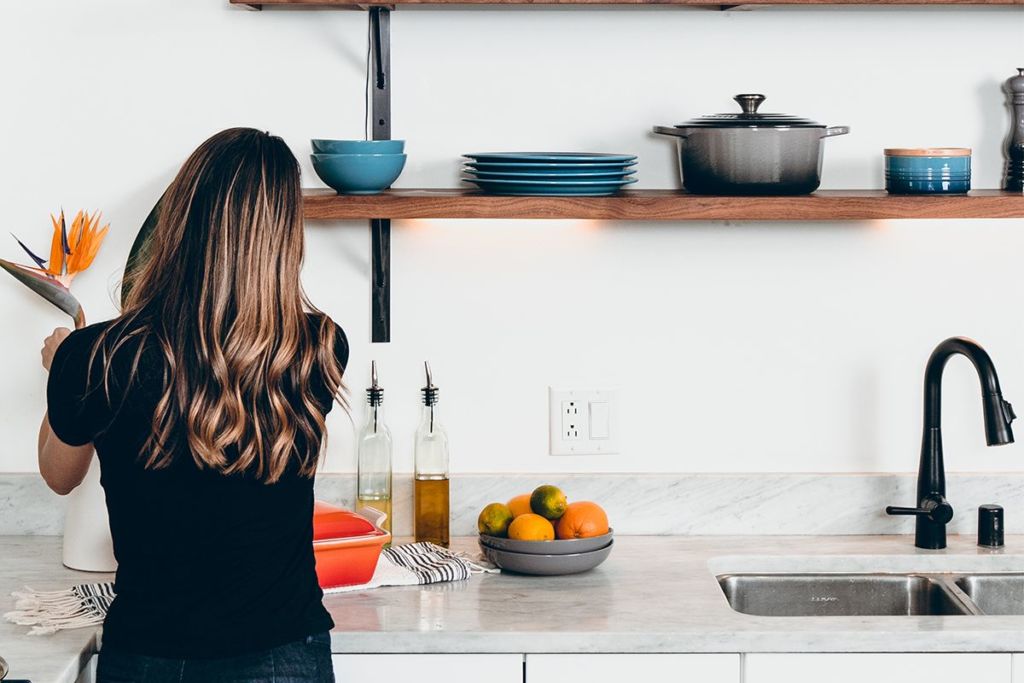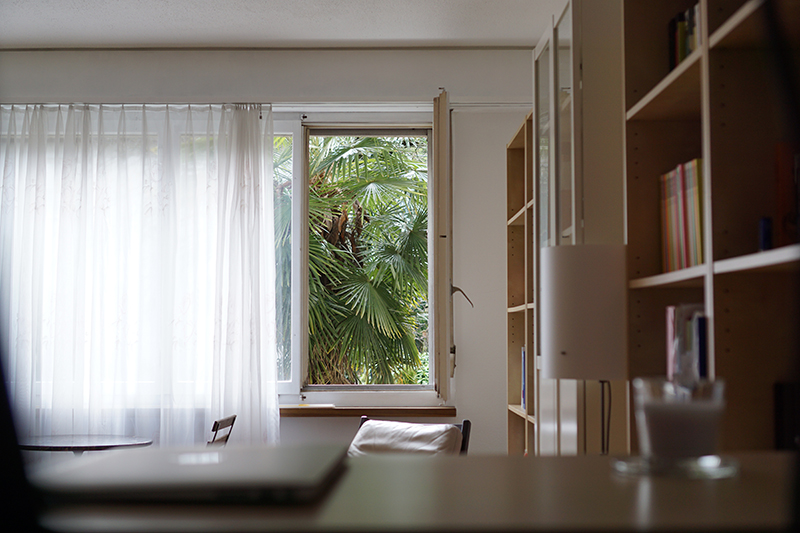How clean is the air in your home?
We don’t always think about the air we breathe indoors, but we should. In fact, NASA has proved the air inside can be 30 times more toxic than the air outside. There are lots of possible air pollutants on any given day — lingering particles from cooking, dust from heating vents and fireplaces, cigarette smoke, perfume or cosmetic residue, and even just good old fashioned regular dirt and exhaust from leaving windows open in summer. It’s enough to send anyone’s allergies and sensitivities into a sneezing fit.
We’ve collected five easy things you can do to keep on top of these allergens and pollutants to improve the air quality in your home.
Now that’s a breath of fresh air!
1. Air purifiers
Air purifiers are an easy way to clean the air in your home for even the busiest families. Once you choose a model that fits your aesthetic, lifestyle, and price range, place the unit in the room you spend most time in. Then simply turn it on and walk away!
Pro tip: Replace the filter more often than 6 months when the air quality is particularly bad. For example, during forest-fire season you should replace it more regularly. Monitor and replace as necessary.
2. House plants
If you’re looking to not only detox the air indoors but beautify your space too, bring the outside, in! In the same study NASA completed about indoor air quality, it also revealed many house plants that scrub and purify indoor air of common pollutants. Each one has different light and water requirements, so pick a few that will do well in your own home, and go green for cleaner air!
Some recommended house plants include:
- Aloe Vera
- Chrysanthemum
- Devil’s Ivy
- Dracaena
- English Ivy
- Ficus
- Flamingo Lily
- Many palm varieties including Areca, Bamboo, Dwarf Date, and Raphis
- Peace Lily
- Snake Plant
- Spider Plant
3. (De) Humidifiers
Depending on the humidity level in your home, (de) humidifiers can be useful tools!
Keep in mind if too much moisture is released into the air it can stir up dust mites and create mould, making the air quality worse and thereby causing allergic reactions. If it’s too dry, viruses and airborne toxins thrive. So choosing a humidifier or dehumidifier depends on your unique air quality.
Whether you choose to add moisture to the air or remove it, Health Canada recommends keeping your home’s humidity level between 30 and 50 percent. This will also make the air feel warmer during winter months, helping you use less energy to heat your home.
And of course, be sure to clean your unit regularly to ensure it works effectively and safely.
4. Clean
When it comes to indoor air quality, preventing the build-up of toxins can easily be remedied with some good old fashioned elbow grease. That is, cleaning.
With our busy schedules it can be difficult to find time to clean every surface in our homes, but dividing up the house-cleaning schedule among family members can make the weekly chore list easier and faster.
In terms of avoiding air pollutants, there are some spaces in your home that can have a bigger impact on your air quality than others:
- The air conditioning unit
- Dryer lint traps
- Clothes and bed sheets
- Flat surfaces
By wiping these down with your trusty cleaning supplies, you’ll remove dust mites, dust build-up, and all kinds of pollens that blow in from outside. And be sure to use eco-friendly cleaning products! You’ll not only avoid harsh chemicals, which are common indoor air pollutants, but they’re easier on our systems, our homes, and our planet.
Pro tip: Keep areas cleaner and minimize build-up by removing your shoes at the door so you don’t track in what your soles have brought inside. And if you smoke, go outside and close the door behind you.
5. Aromatherapy and salt lamps
Finally, science has shown aromatherapy and salt lamps can help eradicate airborne bacteria, fungi, and according to some, the flu virus. This is especially true of eucalyptus, citrus, clove, lavender, and tea tree oils.
Simply add the recommended amount to your diffuser, turn it on, and ultrasonic diffusion will disperse essential oils. Within 30-60 minutes you’ll have cleaner indoor air!
Plus, by using aromatherapy and salt lamps, you get the added benefit of not just beautiful smelling air (bye-bye unwanted odours,) but essential oils can help relax your mind and body as well. It’s a win win win!
If you need help or advice on how to purify the air in your home, we can help! Stop by your local London Drugs and talk to our in-store experts – we’d love to see you!






